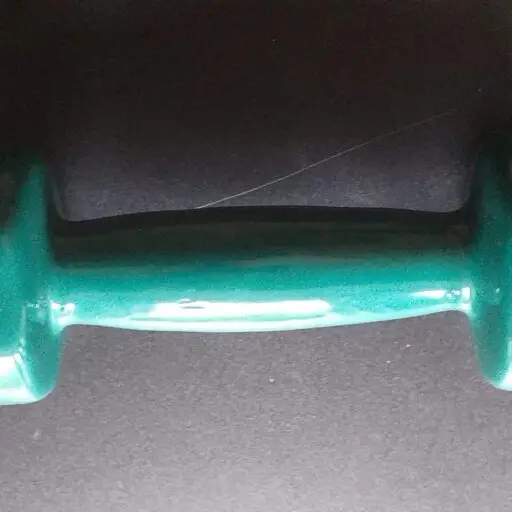All about the Horizontal Leg Press
(Legs)
BENEFITS & MUSCLES WORKED: Quadriceps, Hamstrings, Glutes, Balance, Improves Bone Density
START POSITION: Adjust the seat and footrest to suit your fitness level and body type. If possible, it’s best to have your thighs pointing vertically upwards. However, if you have weak knees, it will be more comfortable to start with a 90° angle at the knee (or even a slightly more forward position). Grab the handles and keep your arms tucked in as straight as possible, with your feet flat on the plate and about shoulder-width apart. For most people, the toes should point slightly outwards.
NOTES: Difficulty Rating: 42%
Now, steady yourself by gripping the side handles firmly and begin to push out with your legs. Don’t fully straighten your legs, but keep a slight bend in the knee at the furthest position. Keep the exercise smooth and controlled in both directions with no jerky movements. Ensure that your whole back (including your lower back) is firmly pressed against the backrest to support your spine.
Breathing is essential during exercise (as with all exercises that target the large quadriceps and Glutes). Take a deep breath before you begin the first push, and exhale as you push. Decelerate the plate (gradually slow it down) as you return your knees to the starting position. Stop and pause for a split second, then apply power to press the plate forward again, and exhale as you do so. Note, there is hardly any pause at all at the front position.
Remember that with explosive exercises such as the Leg Press or Squat, you are using large, powerful muscles, and therefore you will burn more calories. As a result, you must ensure that you eat well after training (and eat sensibly before you train).
This exercise is sometimes referred to as the Horizontal Leg Press. Another type out there is the Vertical Leg Press machine. Some people sing the praises of the Vertical machine, while others prefer the Horizontal machine. I have tried both, and I opt for the Horizontal (seated) version every time. The only reason for this is that I prefer to train more safely and with less risk of injury whenever possible. Whichever way you spin this, it is an uncomfortable fact that the risk of injury is much greater with the Vertical press. One reason for this is that if the machine is not in top-notch operational condition or if your Form is not bang on correct, then you can easily hurt yourself because of the potential to put stress through your lower back and knees. A second reason is that if your legs fail mid-exercise (perhaps due to excessive weight), then you can be squashed and/or trapped underneath the heavy plate and unable to escape without urgent assistance from others.
Suppose the Horizontal Leg Press Machine is a high-quality brand. In that case, the seated version of this exercise offers such significant training benefits that I see no reason to take the chance with an alternative vertical machine. I am sure that many bodybuilders and powerlifters will disagree with me. Still, I have always maintained that bodybuilding and powerlifting are distinctly different sports compared to the gym requirements of mainstream athletes and fitness enthusiasts. If you choose to do the Vertical form of this exercise, please ensure that you use correct form and that there are other knowledgeable people around you to assist with form and to help if things go Wrong (literally).

